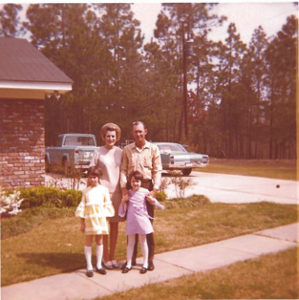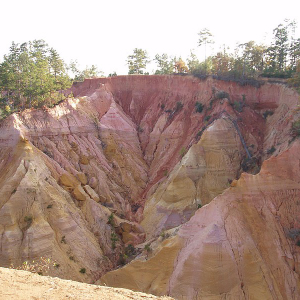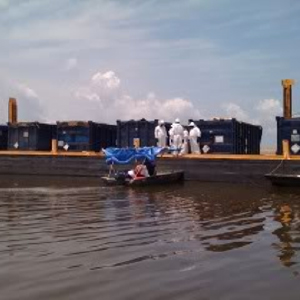Archaeology
It has been nearly twenty years since I started writing the book that would become Artifacts, so I have been doing armchair archaeology for a long time. Let me start this conversation by saying that I respect actual archaeologists a great deal. Archaeology encompasses so many physical and social sciences in its quest to tell us who we have been and who we are now, not to mention humanities subjects such as history and literature and language. It is a highly intellectual endeavor that is often accomplished with backbreaking labor and, let’s face it, hours of drudgery. My hat is off to the people who do this fascinating and important work.
My own interest in archaeology is very personal. My mother and sister and I brought home armloads of library books about archaeology over the years, and we had the opportunity to do a little amateur archaeology in the woods behind our house, which was built on the site of an old sawmill that operated around the time of World War I.
Fifty years later, the house where I grew up was built there. If you look behind this picture of my family—that’s me in the yellow dress—you will see a stretch of lawn between the driveway and the pine trees in the background. The grass never grew well in that area, because the earth was packed down in the early 20th century by a railroad spur used to carry the logs away. If you followed that packed earth into the woods, you found logging roads and borrow pits, not to mention trash pits full of really cool stuff that my mother the amateur archaeologist loved to dig up. And scattered through the 20th-century artifacts were arrowheads that were much, much older.
Red Bluff, Marion County, Mississippi
Credit: Ross Bouton
Credit: Icknield Ridgeway
Cleanup activities near Barataria Bay, Louisiana
after the 2010 Deepwater Horizon explosion
Credit: Mary Anna Evans
A place I loved to explore as a child, Red Bluff, was transmuted into Great Tiger Bluff in Relics.
And a college summer job working offshore informed my take on the Deepwater Horizon tragedy in Plunder.
In addition to my work on fiction, I research the work of Agatha Christie. As the wife of an archaeologist, Christie wrote about archaeological work in both fiction and nonfiction, notably in Come Tell Me How You Live and Appointment with Death.
I wrote about the links between Christie and archaeology for CrimeReads: On Archaeology and Crime Fiction
- Archaeology is exciting. The Indiana Jones effect cannot be denied.
- There is always an allure to any treasure hunt.
- Archaeology gives a mystery protagonist an excuse to be digging up trouble, namely dead bodies.
- Fiction is a tricky beast. You must get your reader to suspend disbelief. If you give your story a background that speaks of realism and authenticity, your readers will believe you. Science has that grounding of realism and archaeology is a science.
Faye and I are glad you’re interested in archaeology and her archaeological mysteries. You keep us digging up trouble!





